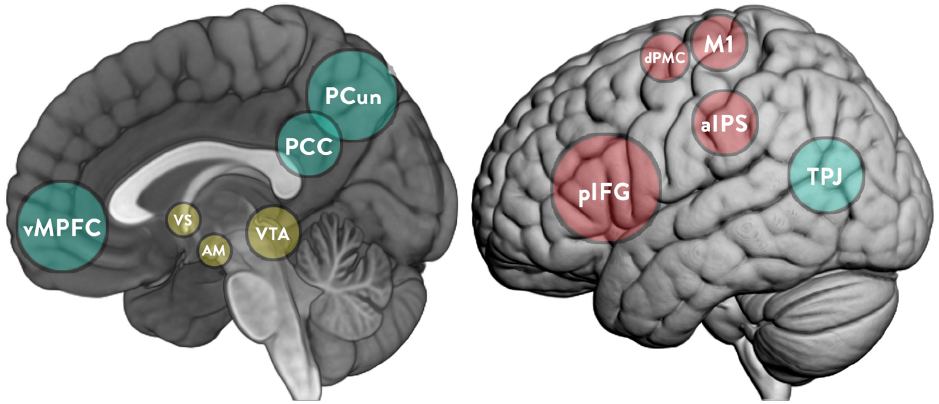Toward a Neural Basis for Peer-Interaction: What Makes Peer-Learning Tick?
Abstract:
Many of the instructional practices that have been advanced as intrinsically motivating are inherent in socio-constructivist learning environments. There is now emerging scientific evidence to explain why interactive learning environments promote the intrinsic motivation to learn. The “two-body” and “second person” approaches have begun to explore the “dark matter” of social neuroscience: the intra- and inter-individual brain dynamics during social interaction. Moreover, studies indicate that when young learners are given expanded opportunities to actively and equitably participate in collaborative learning activities they experienced feelings of well-being, contentment, or even excitement. Neuroscience starts demonstrating how this naturally rewarding aspect is strongly associated with the implication of the mesolimbic dopaminergic pathway during social interaction. The production of dopamine reinforces the desire to continue the interaction, and heightens feelings of anticipation for future peer-learning activities. Here we review how cooperative learning and problem-solving interactions can bring about the “intrinsic” motivation to learn. Overall, the reported theoretical arguments and neuroscientific results have clear implications for school and organization approaches and support social constructivist perspectives.

